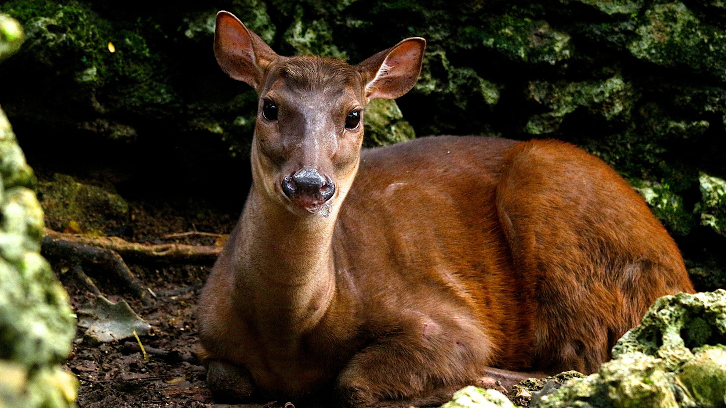The intriguing relationship between malaria parasite and ungulates in the peruvian Amazon

Researchers from the UAB Department of Animal Health and Anatomy have explored the presence of malaria parasites in wild populations of ungulates in the Peruvian Amazon. By detecting DNA from the parasite Plasmodium spp. in red and gray deer, they show a high prevalence in Amazonian deer and suggest a possible co-evolution between malaria parasites and Amazonian deer.
For decades, malaria has been the subject of intense research due to its impact on human health in the Amazon. However, its relationship with wildlife, especially ungulates, has not been studied. For this reason, we set out to investigate the presence of malaria parasites in wild populations of ungulates in the Peruvian Amazon. To conduct our research, we established a participatory monitoring system with local indigenous communities that facilitated the collection of blood samples from ungulates using discarded biological material from routine subsistence hunting activities. This sampling strategy allowed us to complete a comprehensive biological collection of wild mammals, including ungulates such as peccaries, brocket deer, and tapirs.
Using molecular techniques, we analyzed blood samples for DNA of Plasmodium spp., the parasites responsible for malaria. Our results showed the presence of these parasites in red brocket deer (Mazama americana) and gray brocket deer (Mazama nemorivaga), and a particularly high prevalence in red deer. In addition, the Plasmodium spp. lineages identified were related to Plasmodium odocoilei clades 1 and 2. These lineages are closely related to parasites previously identified in white-tailed deer (Odocoileus virginianus) in the United States. Thus, our results suggest the existence of a co-evolutionary relationship between malaria parasites and deer in the Amazon region. This discovery raises intriguing questions about the host specificity of these parasites and their role in global health. Although deer may be incidental hosts, the possibility of interspecific transfer of parasite lineages highlights the importance of understanding malaria dynamics in jungle environments.
In conclusion, our study provides a unique insight into the interaction between malaria and deer in the Amazon. The collection of samples in collaboration with indigenous communities highlights the importance of sustainable approaches to scientific research in remote environments. These findings not only contribute to knowledge of malaria ecology in the region, but also raise new questions for future research on wildlife health and its implications for global health.
Original images of two deer (female and calf) from the Peruvian Amazon obtained through nocturnal camera traps from the present study.
Pedro Mayor
Department of Animal Health and Anatomy
Faculty of Veterinary
Universitat Autònoma de Barcelona
Gabriela Ulloa
Reemerging Infectious Diseases Group
Universidad Científica del Sur (UCSUR), Lima, Peru
References
Gabriela M. Ulloa, Alex D. Greenwood, Omar E. Cornejo, Frederico Ozanan Barros Monteiro, Alessandra Scofield, Meddly L. Santolalla Robles, Andres G. Lescano, Pedro Mayor. Phylogenetic congruence of Plasmodium spp. and wild ungulate hosts in the Peruvian Amazon. Infection, Genetics and Evolution 2024;118:105554. https://doi.org/10.1016/j.meegid.2024.105554


